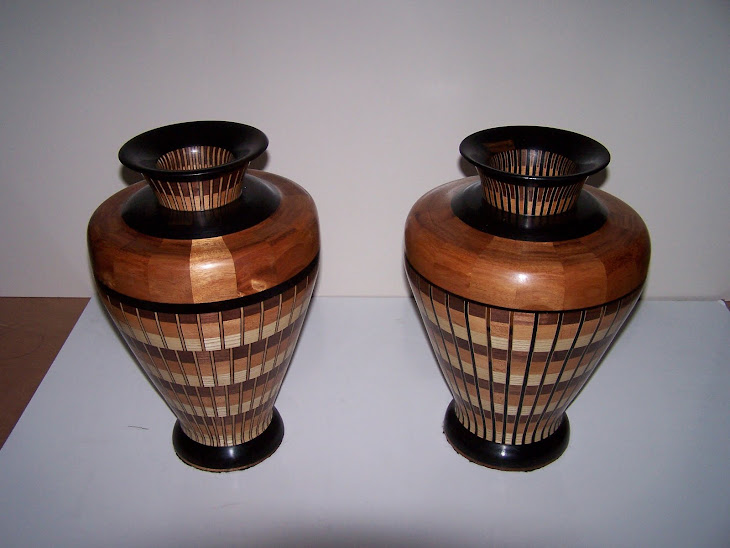My Grandfathers Lathe
My apologies fans. A couple of big jobs back to back have taken me out of the loop but not out of my shop. I have been experimenting with a couple of new ideas and designs that I think you will really love, both on the lathe and off. Give it a read and tell me what you think.
Like most folks I have been playing on game boards since I was a child. For years now my son’s have enjoyed beating me at games that I taught them at a young age. Chiefly on the list are chess, (which I always loose at) and backgammon, (at which I can sometimes still beat them). Winning or loosing they are fun for everyone and the board and its elegance seems to heighten the experience, especially if you can say ‘yea, I made that’. So I thought I would take some time to show what can be accomplished with this post and wet your appetite. In the near future I will make separate posts on the how to of the chess board, the backgammon boards and some basic tips on how to develop the playing pieces on the lathe.

This board is actually the first try at a chess game board I did some 18 years ago. It is of ebony and curly maple squares with a satine (bloodwood) trim and maple, ebony highlights. The board is approximately 24 inch by 24 inch with 4 inched tall sides with drawers for the pieces on each end. Its sides are of mahogany and it has a bottom of simple felt. 18 years ago my shop consisted of a 10 by 14 room with a craftsman 10 inch contractors table saw, hand tools and a belt sander along with my grandfather’s lathe. So this is doable for the humblest of shops. Notice also that the alignment and glue lines are remarkably intact. With these there are so many ends glued together that separation is an issue. After 18 years it is still looking good and that is remarkable for this type of woodwork. Simple tips help get this result.
Here you can see the drawers and how they slide into and under the board. The pieces are of ebony and bird’s eye maple and are 2 to 4 inch tall and their bottoms weighted with poured lead and finished with felt. We wanted to make the bottoms heavier so the pieces would be less likely to tip over during play and we are fond of banging them down with a resounding ‘checkmate !!!!!’.
These are more recent creations and consist of both the backgammon and chess. Both of these pics are of different sides of the same piece. Bottom is chess, the top backgammon or vise versa.
Cherry, walnut, ash and mahogany make these stunning boards which also house drawers between then for the playing pieces. Again they are around the 24 inch square area.

Same here again with some basic pieces beginning to take shape. Notice on the chess side the drawers are slightly pulled out giving you an idea of the depth of the piece.
So I hope this post left you wanting more. These projects are not simple or easy, but doable if you are willing to make mistakes and push through the difficulties to get to a finished project. As some wise old woodworker once said, ‘the difference between a carpenter and a wood craftsman is the craftsman has very expensive kindling in his fire place’.
Keep turning, keep gluing
Steve









I am impressed!
ReplyDelete